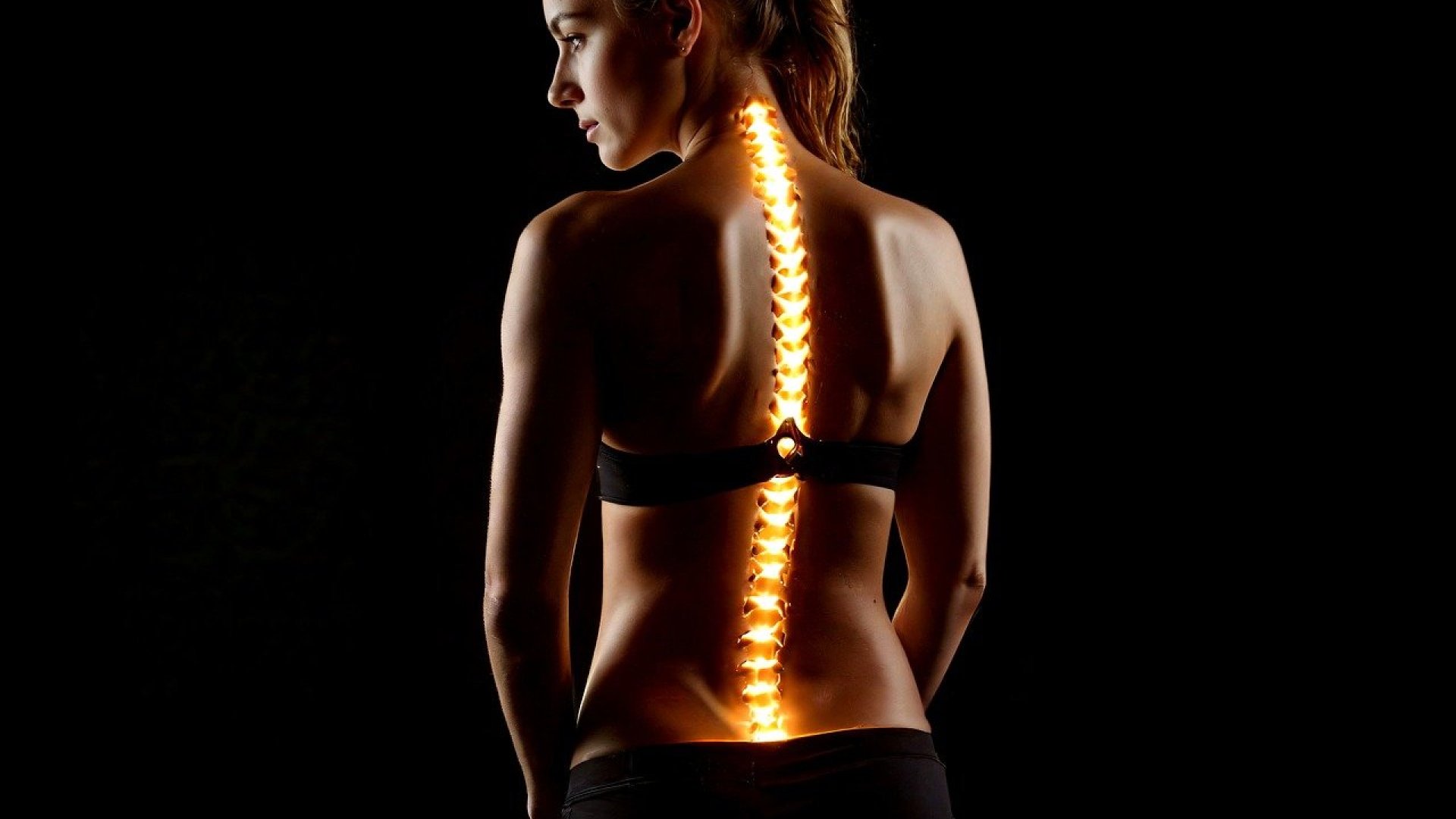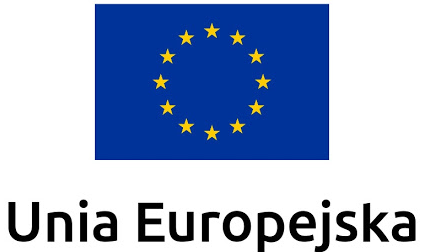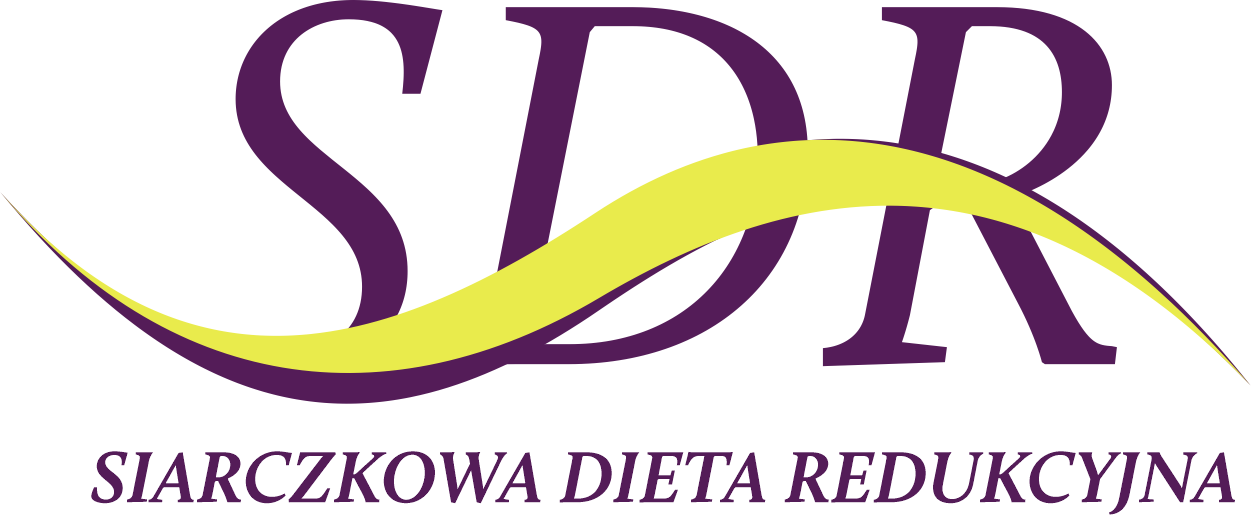
Spinal pain syndromes: sciatica and discopathy
Spinal pain syndromes: sciatica and discopathy
Sciatica and herniated discs are two common back pain conditions that can significantly impact a patient’s quality of life. Sciatica is characterized by a sharp pain that radiates along the sciatic nerve, which runs from the lower back, through the buttock, and down the leg. The pain is often described as sharp, burning, or throbbing and can be caused by pressure on the sciatic nerve, most commonly caused by a herniated disc or spinal stenosis.
Herniated discs, on the other hand, refer to the degeneration or damage of the intervertebral discs, which act as shock absorbers between the vertebrae in the spine. As we age or as a result of injury, these discs can degenerate, leading to them becoming flattened, ruptured, or displaced. Herniated discs can cause chronic back pain, stiffness, and in some cases, can lead to pressure on the nerves, causing symptoms similar to sciatica.
Prevention of sciatica and disc disease
- Regular exercises to strengthen the back and abdominal muscles.
- Maintaining proper posture when sitting and standing.
- Avoiding prolonged sitting or standing in one position.
- Using ergonomic furniture and work tools.
- Maintaining a healthy body weight.
- Proper lifting techniques for heavy objects.
- Regular physical activity, especially stretching exercises.
- Avoiding smoking, which can accelerate disc degeneration.
- Using an appropriate mattress and pillow during sleep.
- A healthy diet rich in nutrients that support bone and tissue health.
Treatment and rehabilitation of spinal pain syndromes: sciatica and disc disease
Treatment of spinal pain syndromes usually begins with conservative methods. First, painkillers and anti-inflammatory drugs are used, which are intended to reduce pain and inflammation. Physiotherapy is also often recommended, which includes exercises to strengthen muscles, improve flexibility, and manual techniques. In some cases, heat or cold therapy, electrotherapy or acupuncture are also used.
In the case of more advanced stages of the disease or ineffective conservative treatment, more invasive methods may be considered. These include steroid injections, which are administered directly into the affected area to reduce inflammation and pain. In some cases, especially in the case of discopathy, surgical procedures such as microdiscectomy (removal of a fragment of the damaged disc) or spinal stabilization may be necessary.
Regardless of the treatment method, rehabilitation and lifestyle changes are key. Patients are educated in the field of correct ergonomics, weightlifting techniques and performing daily activities. Regular exercises to strengthen the back and abdominal muscles and stretching are recommended. In some cases, alternative methods of treatment, such as yoga or pilates, can also be helpful, which help improve flexibility and muscle strength while reducing stress.
At the Hotel, we provide hydromassage baths that help relax the muscles and reduce pressure on the spine and joints.



